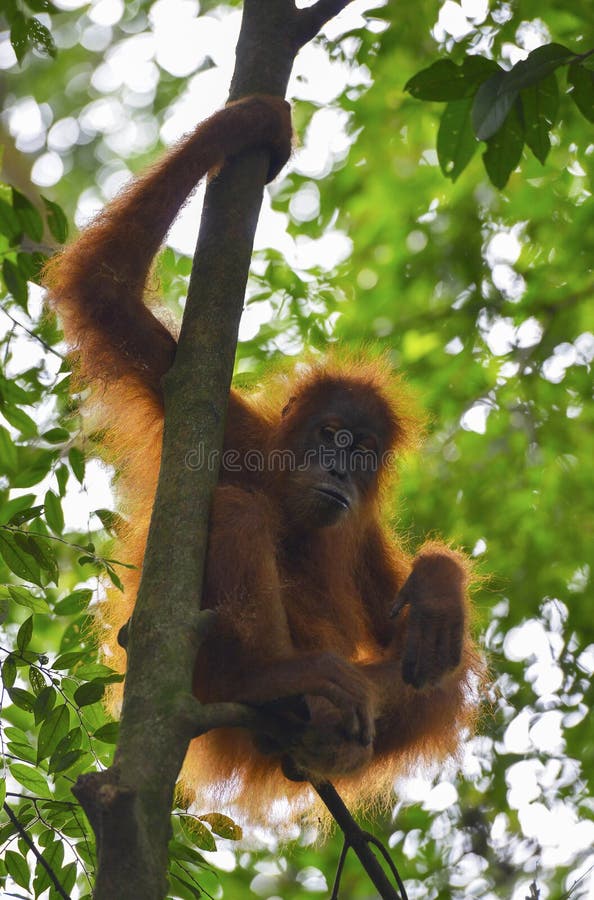
They found this data in databases, including the Biodiversity Heritage Library and online historical newspapers, books and journals using location-specific keywords such as “Sumatra”, “Batang Toeroe,” and “Tapanoeli,” with Dutch spelling.

To arrive at these figures, the researchers referred to colonial-era literature, such as newspapers, journals, books and museum records, from the early 1800s to 2019. That number shrank from nearly 41,000 km2 in the 1890s, to just 1,000 km2 in 2016.

The remaining habitat is estimated to cover only 2.5% of the range in which they lived about 130 years ago when researchers discovered them. According to the researchers, with habitat shrinking and hunting, the extinction of the Tapanuli orangutan is inevitable.Ĭurrently, as stated in the study, less than 800 individual Tapanuli orangutans live in the Batang Toru forest, North Sumatra. This threat persists today and is exacerbated by infrastructure development and forest conversion in the last habitat of the Tapanuli orangutan in North Sumatra. Today, the Tapanuli orangutan is estimated to occupy only 2.5% of their historical habitat, and the threat of extinction is linked to habitat loss and hunting. The Tapanuli orangutan faces a much greater risk of extinction than previously thought. This species is the newest orangutan and is also listed as the most endangered great ape in the world. In a recent study popularly published by the environmental news site Mongabay that draws on publications in the prestigious international journal PLOS ONE, Onrizal and other researchers scoured historical records for references to the Tapanuli orangutan (Pongo tapanuliensis).

The legend tells of a creature called the 'short man' by the locals, who disappeared from the forest in the 1970s. Onrizal, who was born and raised in the area, still remembers vividly the childhood story of a human-like creature that lived in the forest. Although the story may only be a legend that is difficult to prove, but it is in line with the current reality: these creatures have long disappeared from the forest. The orangutan, which is one of the objects of his research, is indicated to inspire stories of short people that have been circulated for generations in the community.


 0 kommentar(er)
0 kommentar(er)
